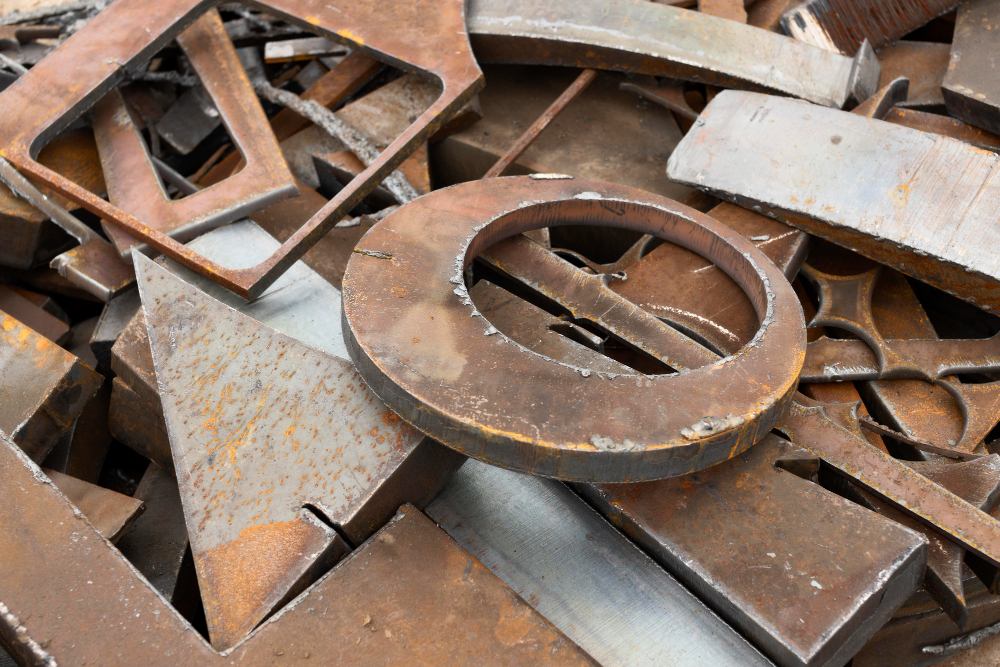

NOV 18, 2023
Understanding the differences between 304 and 316 stainless steel grades is vital, particularly for the construction, manufacturing, and scrap metal recycling industries. Both grades belong to the austenitic family of stainless steel with non-magnetic qualities and excellent formability and weldability properties. However, their main differences lie within compositional differences that suit particular applications, and RCM Recycling explains these differences.
The main difference between 304 and 316 stainless steel lies in their chemical makeup, specifically their respective 18/8 compositions containing 18% chromium and 8% nickel for maximum corrosion protection in various chemicals and atmospheric environments - but may succumb to chloride solutions in chlorinated environments like coastal regions.
On the contrary, marine grade stainless steel (316 stainless steel), also commonly referred to as marine grade, features an additional element called molybdenum that increases corrosion resistance - particularly against chlorides and industrial solvents - dramatically increasing resistance against chlorides and industrial solvents and making this grade suitable for more aggressive environments like pharmaceutical or marine sectors.
Both 304 and 316 stainless steels share similar mechanical properties; however, due to the addition of molybdenum into 316, its mechanical properties differ substantially, particularly its increased tensile strength and temperature resistance, which make it better suited to situations requiring both high strength and good corrosion resistance simultaneously.
Determining which stainless steel grade to choose often depends on its intended use environment. While 304 is usually sufficient for kitchen appliances, automotive trim, food processing equipment, marine hardware or chemical processing equipment, and medical implants requiring saltwater environments or extreme temperatures, for those exposed to saltwater environments and chlorinated solutions (marine hardware/equipment/implants, etc.), or extreme temperatures; then it would likely be prudent using 316 in its place - this includes chemical processing equipment/marine hardware, etc.
Accurately classifying different kinds of stainless steel is significant in scrap metal recycling. A scrap metal buyer or scrap metal company must accurately classify these metals to guarantee proper recycling and reuse. At the same time, both 304 and 316 grades of stainless steel can be recycled separately to preserve its integrity as a recycled material.
From an economic standpoint, the cost of 316 stainless steel can typically outstrip its cheaper cousin, 304, due to its superior properties, making cost-cutting decisions without compromising quality essential in any business environment. Scrap metal buyers or companies might value its scrap more because of this demand than, for example, 304.
Environmentally-conscious industries recognize and appreciate both the environmental impacts associated with using and recycling these materials as they play a pivotal role in sustainable practices and practices such as scrap metal recycling that support them. By effectively recycling 304 and 316 stainless steel waste, industries can reduce their environmental footprint significantly - something scrap metal recycling plays an integral role in.
While both types of stainless steels (304 and 316 stainless) share many similar properties, their chemical composition and resultant properties make each more suitable for specific uses than the other. Understanding these variations is critical both within industries that employ them and in RCM Recycling scrap metal recycling operations.